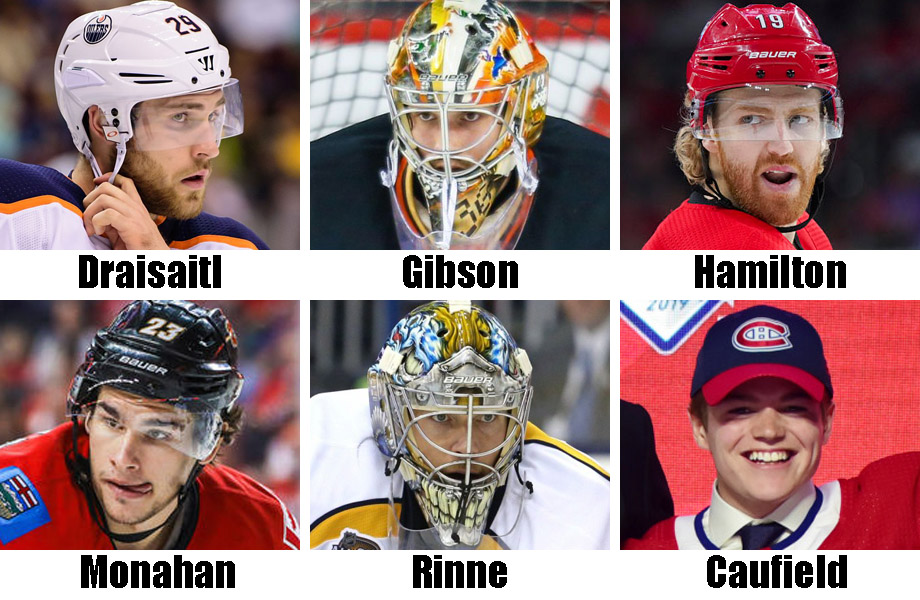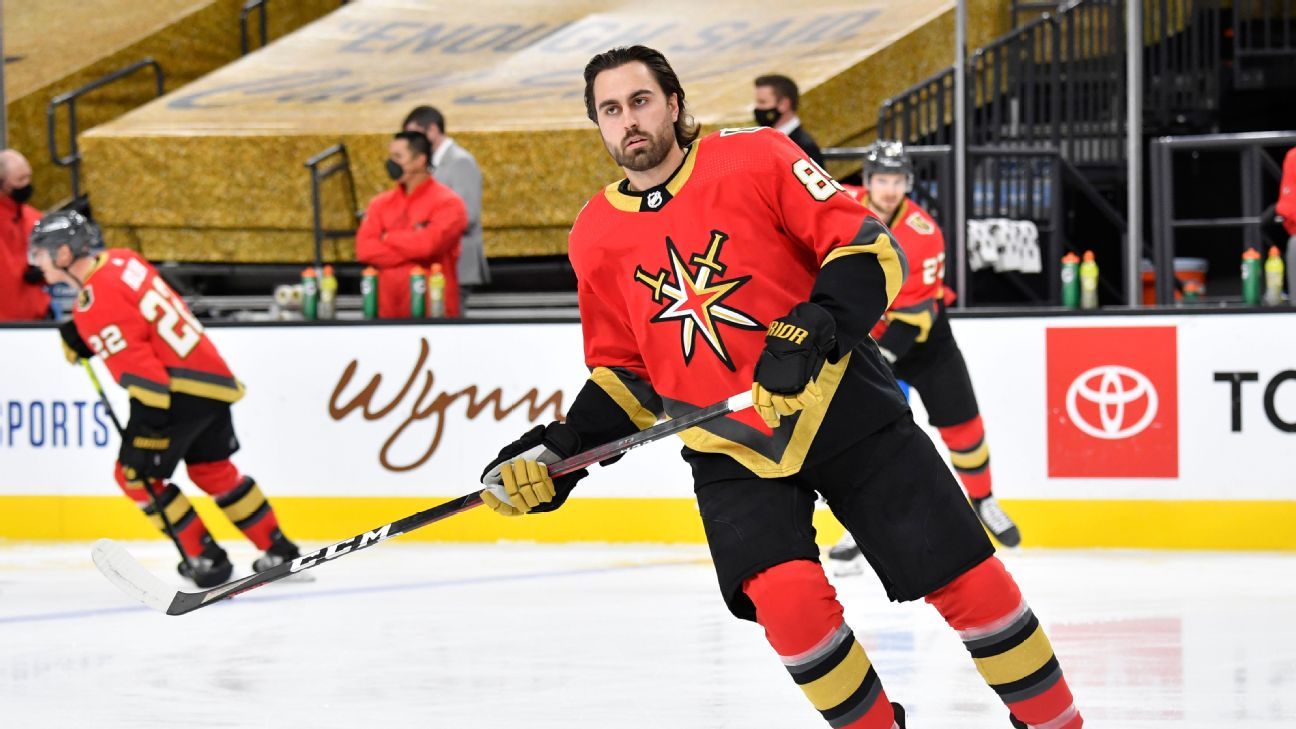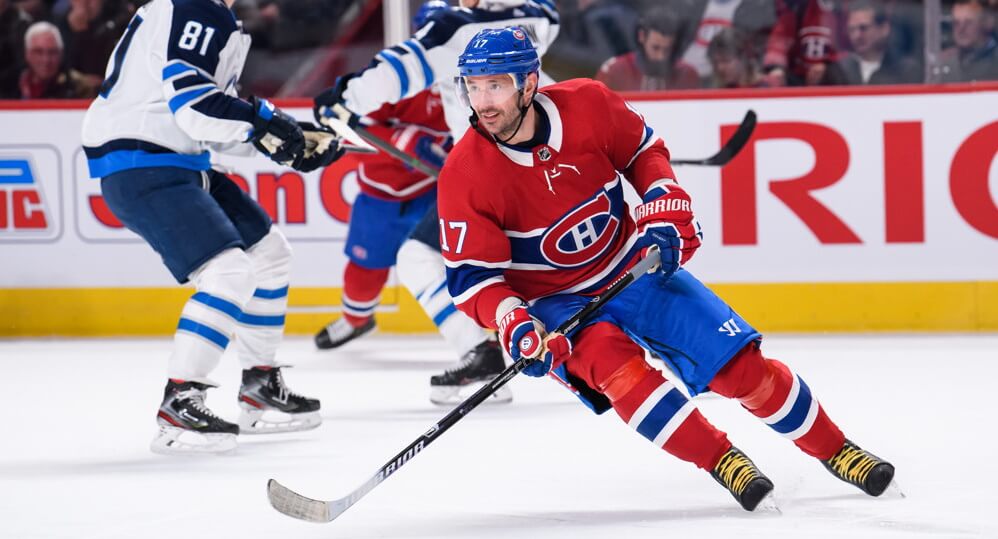Welcome to ESPN 2008-09 fantasy hockey! You may notice that a few (many) things are slightly (entirely) different (better) than the previous versions of this game. Not only is the game now free (!), but ESPN's own League Manager has now laced up some skates to try out the great frozen game. That means you have more control over your league's rules, design and feel than you could have ever imagined.
The statistics your positional players generate in their real games are collected, and fantasy points are awarded based on these numbers. The better your players perform, the more fantasy points.
- It also works for LW and RW, but those are more abundant and dual-eligible that LOST is less than ideal. I always try to maintain a competitive advantage on my opponents through roster management and streaming as it is an integral part of Fantasy Hockey.
- How to play Yahoo Fantasy Hockey. Overview of scoring in Yahoo Fantasy. Overview of Leagues in Yahoo Fantasy. Overview of drafting in Yahoo Fantasy. Manage your Private League's draft. Overview of Waivers and Free Agents in Yahoo Fantasy. Roster and lineup management in Yahoo Fantasy.
- How Fantasy Hockey works in NHL 21. Traditionally, Fantasy Hockey player items have received upgrades based upon real-life player performance. For example, skaters who scored a goal in the real.
- The latest in a long line of skill-based real cash sports betting games, online gambling on NHL fantasy hockey is a great way to add some extra spice to the regular hockey season; so let’s take a look at how the popular fantasy sport works and help you set up your first nine-man roster for online gambling.
I'll pause for a moment though. This introduction is not going to help you if your question is 'What is a fantasy sport, do I make it up in my head?' or 'What is this hockey thing and why do they play soccer with sticks on ice?' I'm trying to help those who may be trying fantasy hockey for the first time (but are veterans in football, baseball, etc.) or are returning fantasy hockey players who are just curious about the new game here at ESPN.
First, we'll deal with those taking a leap into the fantasy hockey fray for the first time. For brevity's sake I am assuming you understand the sport itself. Those who have played fantasy hockey before can jump to the next section where I talk about how to win in FHL 09's standard rule set.
Fantasy hockey is similar in some ways to fantasy baseball and fantasy basketball (in my humble opinion, it combines some of the best aspects of both). You draft a set of forwards, defensemen and goaltenders and -- as you would in any other fantasy sport -- draft, trade, cut, add and fight your way to the best statistical season.
As in baseball and basketball, you are using a mix of some counting statistics like goals and assists, and some ratios like goals-against average and save percentage. Plus/minus is a bit unique as it is a counting stat in which you can actually lose points. And remember: penalty minutes (PIMs) are a good thing in fantasy hockey. I know, I know and I've heard the arguments over the years in every different variation. You can argue that the pure fighter in the NHL (the reason penalty minutes were included back in the day) is an endangered species, but they still exist. You can argue that penalty minutes hurt a team, but the 2006-07 Stanley Cup-winning Anaheim Ducks led the league in PIMs (read: toughness can be good). You can argue that penalty minutes shouldn't be promoted and that the NHL is a goon sport, but Sean Avery keeps cashing a hefty paycheck. Whatever the argument, you'll find PIMs in the vast majority of fantasy hockey leagues as a stat that you want to acquire more of, so best get used to it.
1. Goalies count for at least three categories in most leagues and there are very few goalies who are good (or bad) in just one or two of the three categories. In other words, if you want to have a chance to win you need to have good goaltending, and if you want good goaltending you are going to have to pay for it. Scrubbing together a couple of third-tier goalies isn't going to get it done.
2. As a general rule, a player should be a top-six forward, top-two defenseman, starting goaltender or first power-play unit player on his NHL club before he is fantasy relevant. There are a lot of exceptions to this rule, of course, but that's why I call it a general one.
3. There isn't an obvious category to punt in fantasy hockey, but if there is one that you should pay a little less attention to during the draft, it's plus/minus. Ratings can be very volatile from year to year and most players will finish relatively close to the even mark. Only use projected plus/minus in assessing players to break a tie between two you otherwise like equally.
4. Remember that it's possible for two assists to be handed out for every goal. That, obviously, won't be the case every time -- the ratio last season was 1.72 assists for every goal -- but remember which of the statistics is rarer.
5. Rookies often excel in the NHL. If he has the skill and the opportunity, a young player can perform just as well as a grizzled veteran. Don't be hesitant to draft a player just because he is inexperienced.
6. More so than in other fantasy sports, in fantasy hockey a player who would be mediocre otherwise can become a star with the right role. Put any hack next to Sidney Crosby and he will be someone to pay attention to. You need to watch line assignments all season, especially those with players who have higher-than-average assist totals.
7. Typically, any player who can approach the league average in every single category in your league is actually more valuable than he appears. The skill set for each category in fantasy hockey differs to the point where it is rare for a player to rack up penalty minutes while keeping a solid plus/minus, scoring points and playing tons of minutes on and off the power play. If you can find a guy who does it all, scoop him up and don't let go.
8. The NHL has the same scheduling issues that basketball has for fantasy sports. You are going to want to check your league settings closely. If you are in rotisserie, find out how many games you can start at each position, and max them out. If no game limit is set, streaming a couple roster spots with active players is perfectly acceptable. If you play head-to-head, you'll want to be checking the number of games per week ahead of time to give yourself an advantage or make sure you get enough goalie starts to meet any preset minimums.
9. Like ERA, WHIP and batting average in baseball, your goals-against average and save percentage are difficult to resurrect partway through the season. If things aren't going well right away in those departments, focus on upgrading your goaltenders.
10. In baseball, it's arm injuries for pitchers that represent a big red flag. In hockey, it's groin injuries. Hockey requires a lot of lower body strength and a lot of it comes from the body's fulcrum. A player can nurse a groin injury all season long and never get up to full strength.
There are countless more hints and tips that you can learn as we go along. ESPN will have a team of fantasy experts penning hockey articles every day of the week through the season. In the meantime, let's get you started by focusing on our brand-new standard game.
The standard free public leagues for ESPN FHL 09 use a rule set that will be new to most players. The seven scoring categories for forwards and defensemen will be goals, assists, penalty minutes, plus/minus, power-play goals, shots on goal and average time on ice. Goaltenders have three categories: wins, goals-against average and save percentage. This means there are a few things to keep in mind specific to this league setup.
1. Goalies should be a top priority. This rule bears repeating. With two good goaltenders, you can virtually lock up 25 to 30 rotisserie points or three categories per week in head-to-head. It's worth it to pay top dollar for goaltending. That, or load up on sleeper options.
2. Plus/minus matters a bit less now that it is one of seven offensive categories, and remember that it is completely independent of the others. As an example, Jason Blake should be an asset in six of seven categories, and the fact that he may have a lousy plus/minus on a weak Toronto team is no reason to ignore him. He takes a ton of shots and will play a ton of minutes to make up for his poor rating. It would be nice if you could secure a solid plus/minus, but with so many other categories to fill, don't sacrifice multicategory production for a chance to improve in a single one.

3. Many defensemen lose some value because power-play assists mean nothing, but they will be racking up ice time for your team. The lack of power-play assists and boost to ice time basically cancel each other out and defensemen can be left where they are in your rankings.

How Does Fantasy Hockey Work
4. Relying on goons for penalty minutes is a very bad idea. With seven categories for forwards, getting a one-dimensional player for penalty minutes is sacrificing six other categories. Consider also that most goons will play less than 10 minutes per game (sometimes fewer than five). That will actually have a significant negative impact on your average time on ice. Time spent in the box doesn't count as ice time. Get your PIMs 100 at a time and don't worry about players likely to exceed 200 without doing much else.
5. There is no division for right wing, left wing or center in the game; they're all forwards. You'll need to keep that in mind, as some centermen whom you might have considered not worth starting in a more divided format actually deserve more of your attention. Consider that 35 of our top 90 forwards are eligible at center. Not a lot more than expected, but there are five guys who would be bench picks if we divided up the forward positions equally, and five wingers you would have started whom you'd now leave on your bench.
6. Elite multicategory contributors are rare and should be treated as such. A player like Brenden Morrow is almost priceless in a league with so many categories to worry about on offense.

7. One of the biggest drop-offs, when going tier to tier by position, comes when you go from your elite-level defenseman to the second tier. As such, your top seven or so defensemen should be treated as the special performers they are.
How To Fantasy Hockey

8. Everyone takes shots on goal, but give an edge to your high-scoring wingers and defensemen with big point shots in the draft; they take more shots on average than a playmaking center or puck-moving blueliner.
9. Whether you play rotisserie or head-to-head, make sure to max out your games played. In FHL 09, you get 82 games per roster spot and that includes goaltenders. Since goalies will never start all 82 games for their NHL club, try carrying elite backup goaltenders on your bench. If you get a tip that they'll start a certain night, you can slot them in knowing you won't affect your games limit for your regular starters. And hey, you never know when an elite backup will become a blue-chip starter.
10. ESPN.com will have in-depth coverage throughout the fantasy season on injuries, pickups, line changes, rookie call-ups and every other aspect to help you win your season. Stick with us, and we'll help guide you to moves that will lead you to victory.
Sean Allen is a fantasy baseball and hockey analyst for ESPN.com. You can e-mail him here.